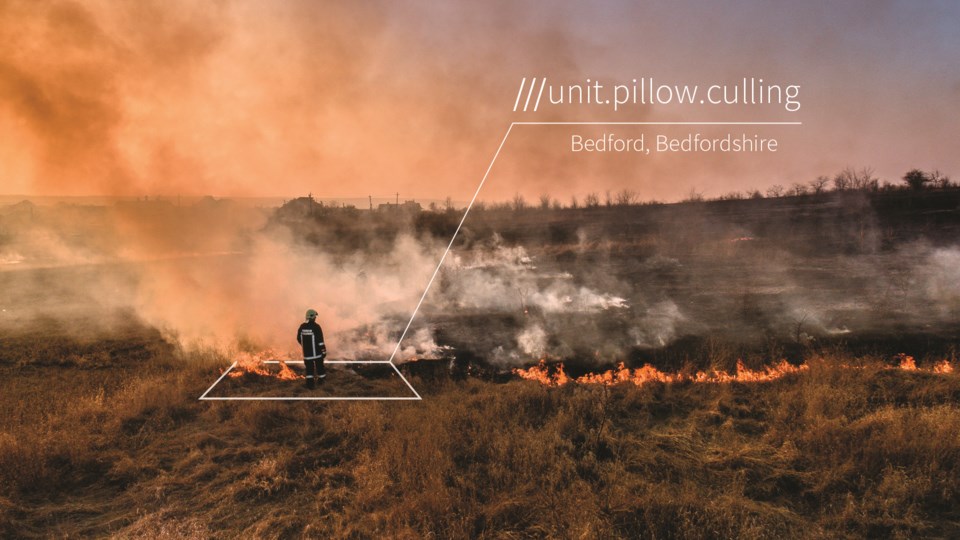About 10 years ago, an inventor (from the U.K., if my memory serves) came out with an electronic avalanche safety product he called Snow Beacon, or Snow-Be for short. It was a convenient pocket-sized device that would transmit the international avalanche beacon standard frequency of 457KHz. It was modestly priced at around $75, making it more accessible for everyone—including kids—to have one of these on their person while skiing.
The catch? The Snow-Be didn’t have a search mode, making it all but useless in a rescue scenario for everyone but the victim. The idea was to fit everyone on the slopes with these devices in the scenario of an avalanche occurring in-bounds or in an “off-piste” area (how European skiers describe terrain that’s off-the-groomers, often not avalanche controlled by resort ski patrol). It was more or less trying to achieve the same goal of RECCO reflectors, those little foam blocks sewn into your gear and snow garments. RECCO requires a specific radar signal detector device to locate said foam reflectors.
I’m sure the inventor of Snow-Be meant well in his effort to democratize avalanche safety, but unfortunately he had not done his market research properly. While the idea of an always-on safety device specifically for ski resorts (and perhaps boundary runs) might be appealing to a European market that is much more risk-tolerant, North American skiers tore the idea to shreds.
The American and Canadian avalanche associations made their PSAs that the Snow-Be device is not to be used for backcountry skiing, period. One particular tabloid ski website (which I’ll refrain from naming, given my personal opinion that it makes its money from sensationalist clickbait garbage like long-term snowfall predictions) went so far as to instigate a public shaming campaign of the Snow-Be company and its founder. What the keyboard warrior critics failed to observe, however, was that the Snow-Be actually did make slopes safer for people, as long those people are smart enough to:
1) Tell the difference between an avalanche transceiver and an avalanche transmitter, and 2) make their terrain and boundary rope-ducking choices accordingly.
But none of that mattered once the court of (semi-informed) public opinion had made up its mind. The Snow-Be company, for better or worse, has disappeared off the face of the Earth.
Are skiers around the world safer as a result? Or does it simply make the avalanche-educated feel better knowing such a device isn’t out there preying on those less avalanche-educated? I wish the data existed for that comparison, so we could analyze it in the style of Freakonomics.
The latest controversy in the world of backcountry safety is the geolocation phone app What3Words. In a nutshell, the app subdivides the world into three-metre squares—all 57 trillion of them—and assigns each one a three-word phrase. Essentially it’s like Google Maps but at a granular level, great if you were meeting friends in say, London, England’s Hyde Park on a crowded summer’s day or at a busy musical festival.
The app was developed in London as an urban navigational tool but has since grown to include everything from ecommerce deliveries (including UAVs) to humanitarian efforts and disaster response. It recently earned the endorsement of some emergency services providers across Canada and more locally, received a shoutout from North Vancouver RCMP emergency dispatcher Jodie Cohan. A couple of weeks ago, she encouraged all British Columbians, especially those who venture into the backcountry, to download What3Words.
Cohan’s reasoning was sound. “Before we had What3Words, it would take up to 20 minutes to locate someone because we had to work with the cell companies and there could be up to a 500-metre radius from the general coordinates they could provide,” she told North Shore News.
“We did a big roll-out about a year ago because we get inundated with so many calls about lost hikers and skiers, which are often time consuming and time sensitive, especially for the person who is injured.”
But the search and rescue (SAR) organizations (including Squamish SAR and North Shore Rescue) have been quick to push back on the public recommendation, believing it will lead to a false sense of security for backcountry users, that backcountry users won’t immediately dial 911 in the event of an emergency and that it would add a delay and redundancy to SAR’s current methods of pinpointing persons requiring rescue.
To SAR’s point, (See associated news story on page 23.) What3Words is not a perfect system. Mistakes can be made in communicating the three-word phrases (think misspelling, homophones or plurals). Tech blog Cyber Gibbons made that point with the following example locations:
what3words.com/deep.pink.start
what3words.com/deep.pinks.start
In this case, the two very similarly looking location addresses, that sound identical when communicated verbally, were actually 1,053 metres apart. Cyber Gibbons writes: “By making a single character error in a What3Words address, there is a significant chance that the location will change to another that is less than five kilometres away. This level of error is dangerous and difficult to detect. In my opinion, this makes it unsuitable for use in emergency situations.”
While SAR organizations have a good point, I believe encouraging people to not download What3Words (as some spokespeople have stated) isn’t going to make people any safer, either. It all comes down to education and making sure people are aware that this is not a substitute for calling 911.
New technology should always be viewed with a healthy skepticism, especially when lives and livelihoods are on the line. But denouncing technology because we can’t trust people to understand it properly is a backwards step. As backcountry use continues to grow at an accelerated rate, every method that increases efficiency of retrieving those in distress should be considered.
Vince Shuley relies on an inReach satellite communicator for potential emergency situations. For questions, comments or suggestions for The Outsider email [email protected] or Instagram @whis_vince.



